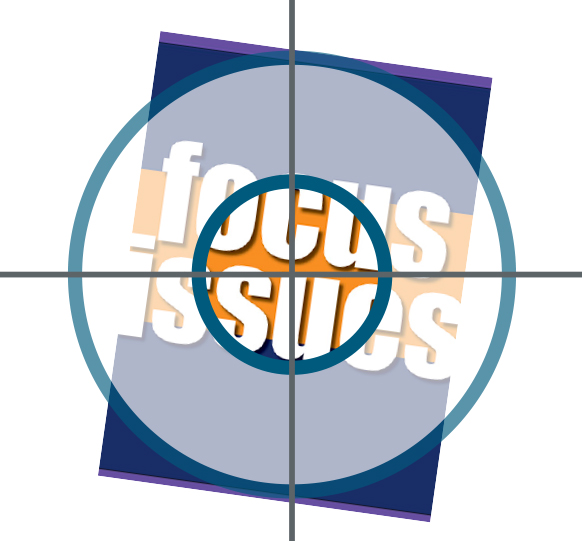 The ECS Journal of Solid State Science and Technology is now featuring a focus issue on Thermoelectric Materials & Devices: Phonon Engineering, Advanced Materials and Thermal Transport. The issue reflects the symposia from the 228th ECS Meeting on Thermoelectric and Thermal Interface Materials in Phoenix, AZ.
The ECS Journal of Solid State Science and Technology is now featuring a focus issue on Thermoelectric Materials & Devices: Phonon Engineering, Advanced Materials and Thermal Transport. The issue reflects the symposia from the 228th ECS Meeting on Thermoelectric and Thermal Interface Materials in Phoenix, AZ.
In the issue’s preface, the authors tell us that advances in this field, “. . . can inspire developments in thermoelectrics that may underpin the next major advance in energy harvesting and cooling and ultimately improve the quality of our devices, and help drive energy efficiency and a greener society.”
The focus issue discusses advances, challenges, and applications in thermoelectrics and its various sub-fields such as phonon transport physics, materials science, electronics, condensed matter physics, engineering, the chemistry of materials, and processing technology.
The Society would like to thank the authors, reviewers, and editors who contributed to this focus issue. Special thank you to Colm O’Dwyer from University College Cork, Renkun Chen from the University of California, San Diego, Jr-Hau He from King Abdulla University of Science and Technology, Jaeho Lee from the University of California Irvine, and Kafil M. Razeeb from University College Cork.
Read the focus issue in the ECS Digital Library.


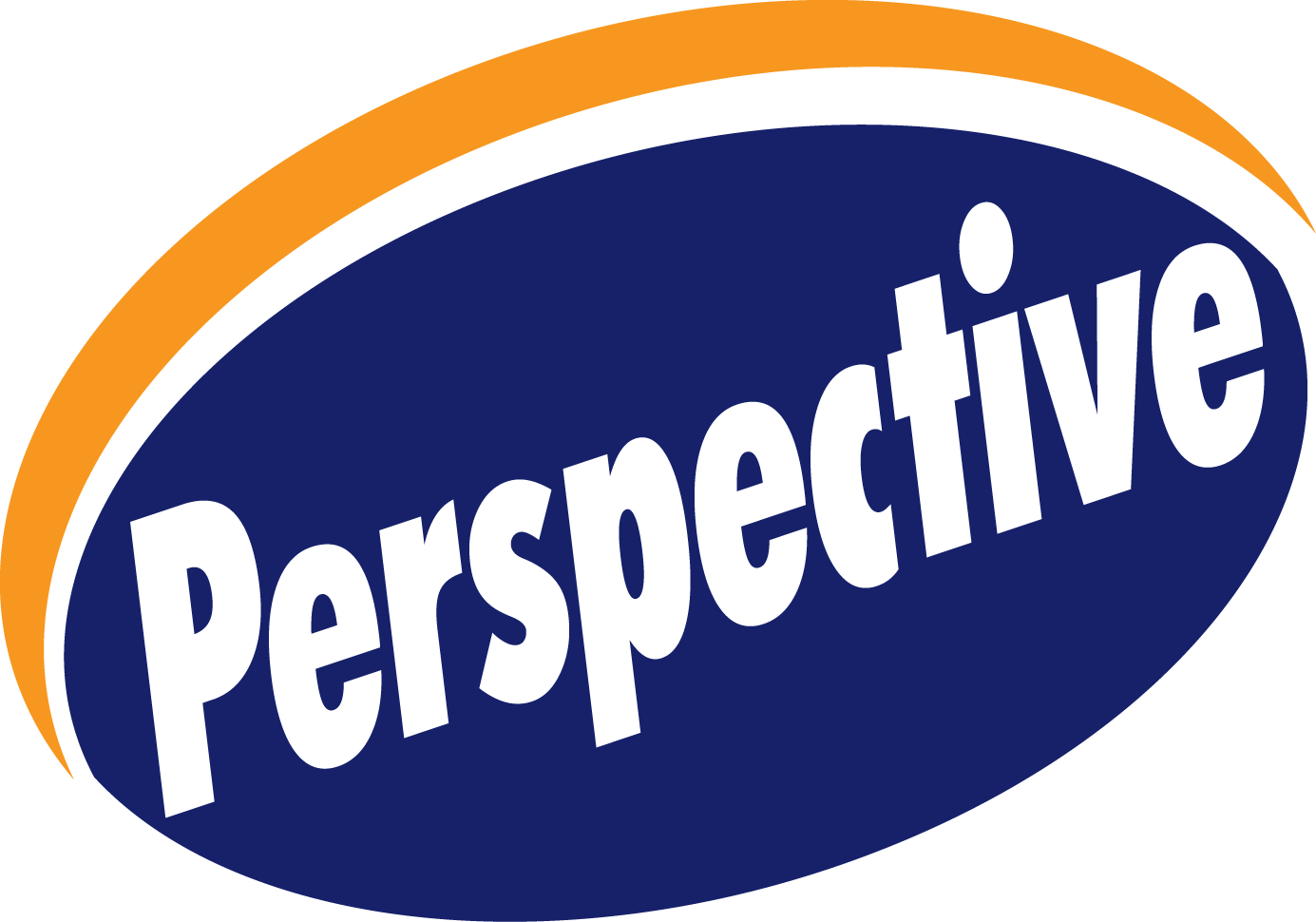 Since 1902, ECS has been at the forefront of publishing electrochemical and solid state science and technology research. For the past 115 years, the Society has been publishing high quality, peer-reviewed journals that contain the work of renowned scientists, engineers, investors, and Nobel laureates. Now, ECS is providing researchers a new avenue to offer insights into emerging or established fields:
Since 1902, ECS has been at the forefront of publishing electrochemical and solid state science and technology research. For the past 115 years, the Society has been publishing high quality, peer-reviewed journals that contain the work of renowned scientists, engineers, investors, and Nobel laureates. Now, ECS is providing researchers a new avenue to offer insights into emerging or established fields:  ECS is providing an opportunity for new authors to ask questions and get educated about ECS’s publications.
ECS is providing an opportunity for new authors to ask questions and get educated about ECS’s publications.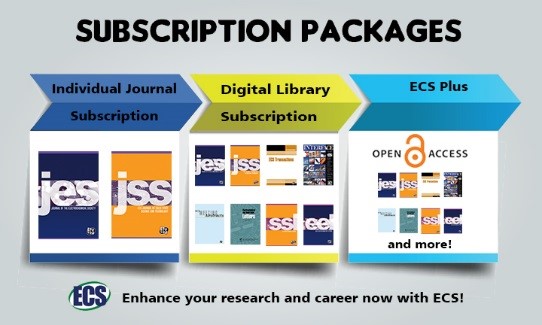
 The open access movement has bolstered content dissemination worldwide, but it has also led to the rise of “predatory publishers.” Instead of prioritizing the quality of the content, predatory journals exist to take advantage of the pay-to-publish open access system, enforcing a lax or non-existent peer review system while charging authors processing fees to publish their work.
The open access movement has bolstered content dissemination worldwide, but it has also led to the rise of “predatory publishers.” Instead of prioritizing the quality of the content, predatory journals exist to take advantage of the pay-to-publish open access system, enforcing a lax or non-existent peer review system while charging authors processing fees to publish their work.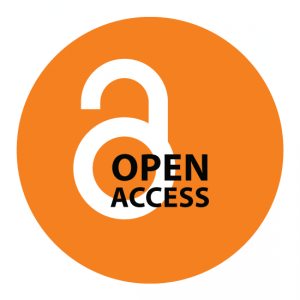 Richard Poynder (
Richard Poynder (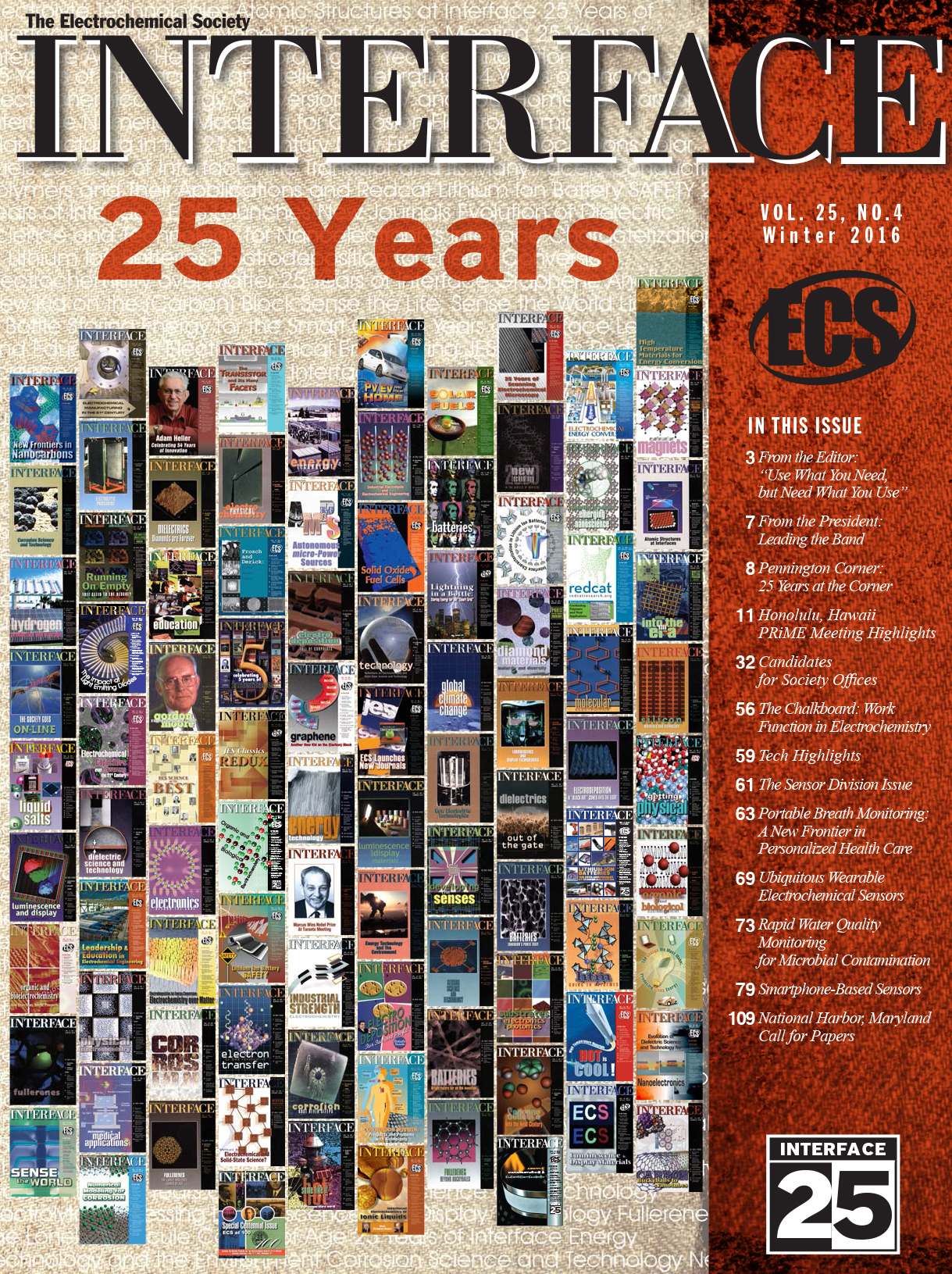
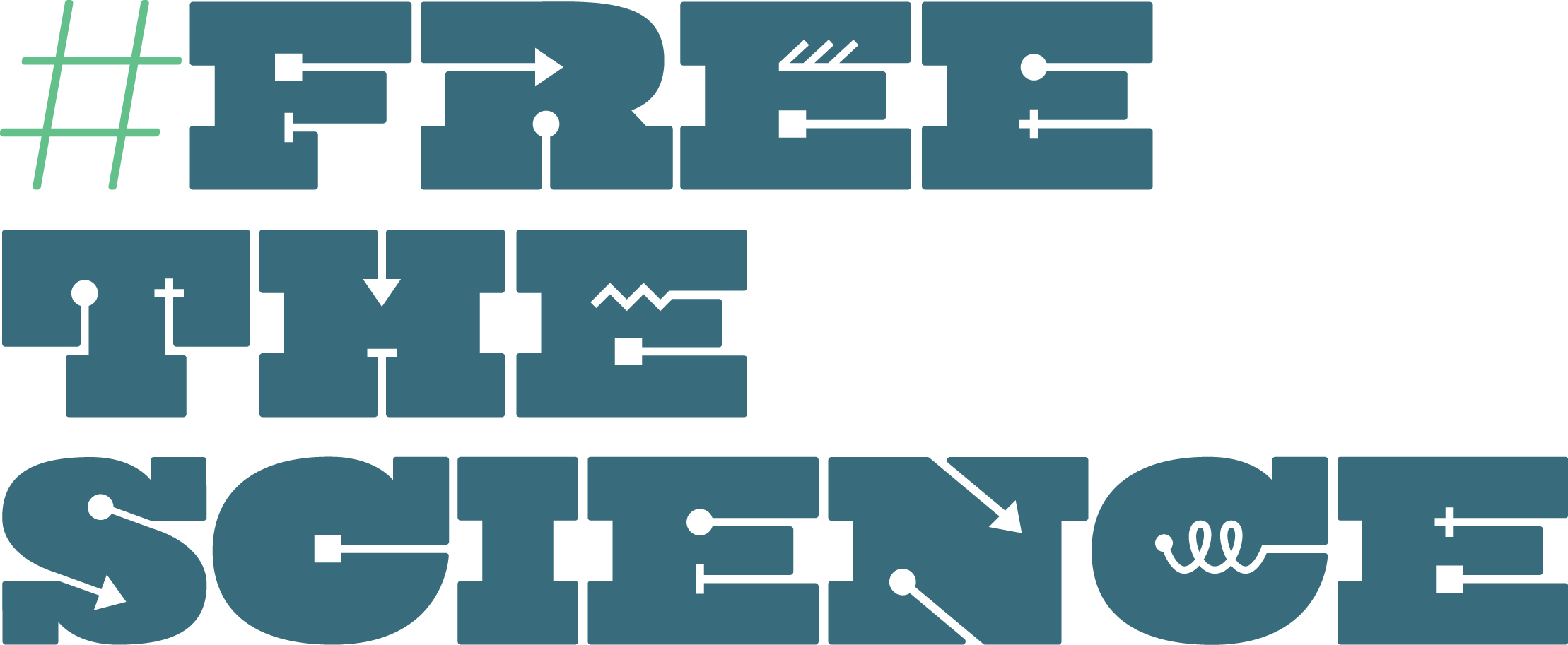 ECS is committed to open access through
ECS is committed to open access through  ECS isn’t the only one celebrating an anniversary this year. As we celebrate 115 years of excellence as a publisher, meeting convener, and multi-faceted scientific society, this year also marks an important 15-year milestone in the open access movement. In 2002, the Budapest Open Access Initiative was hosted by the Open Society Foundations and to this day serves as a landmark meeting in communicating the importance and urgency of open access necessities.
ECS isn’t the only one celebrating an anniversary this year. As we celebrate 115 years of excellence as a publisher, meeting convener, and multi-faceted scientific society, this year also marks an important 15-year milestone in the open access movement. In 2002, the Budapest Open Access Initiative was hosted by the Open Society Foundations and to this day serves as a landmark meeting in communicating the importance and urgency of open access necessities.